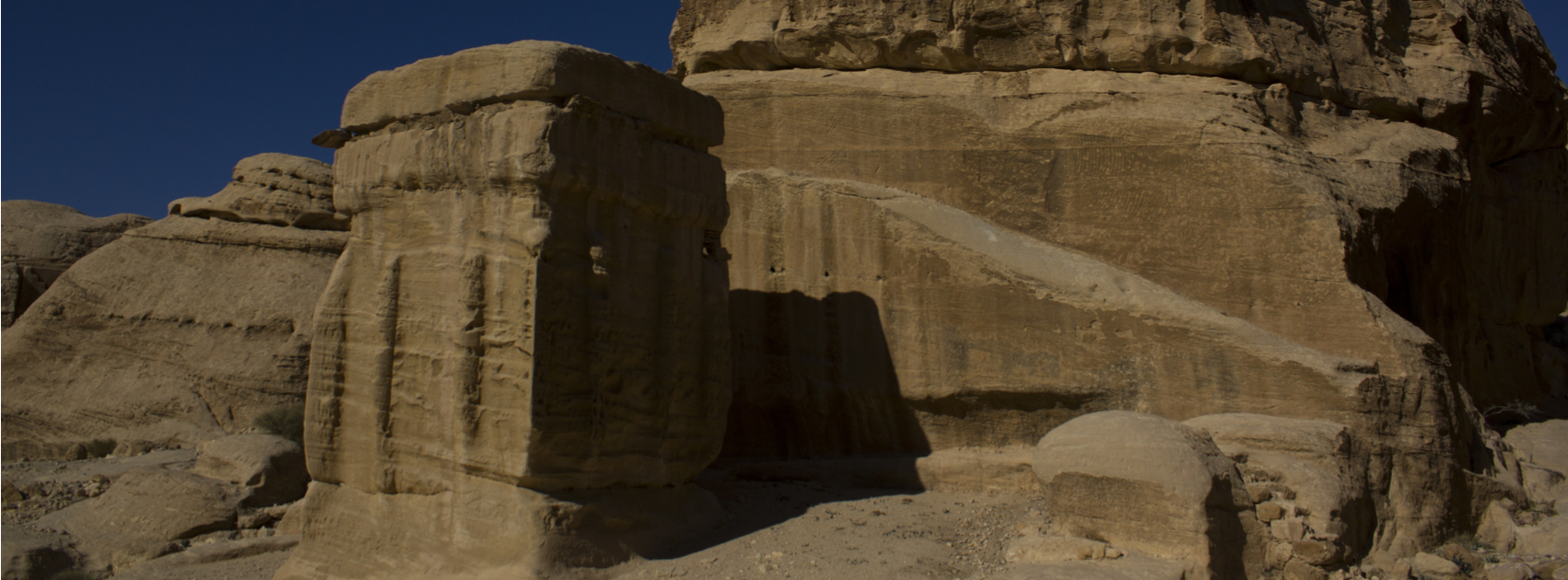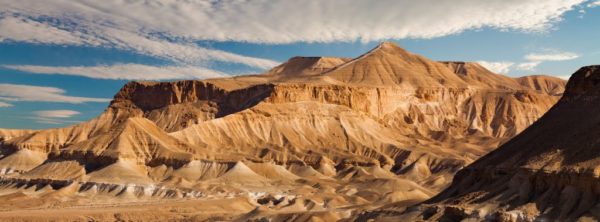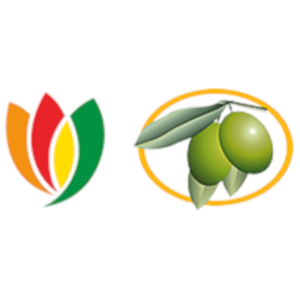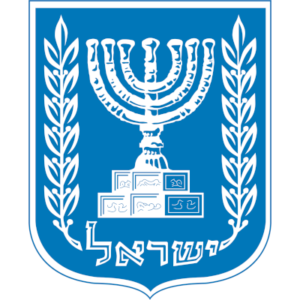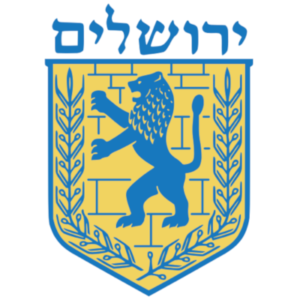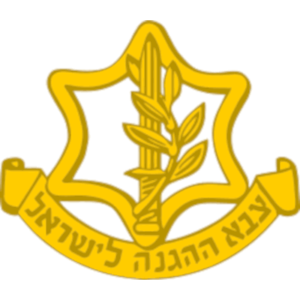Edom is mentioned more than 120 times in the Old Testament. The Edomites were descendants of Esau, Jacob’s twin brother. These individuals were of great historical importance as descendants of Isaac and Abraham.
Despite their shared bloodline, the Edomites and Israelites were in endless conflict. Some of these conflicts included:
- Opposition to Israelites passing through to reach the Promised Land (Numbers 20:14-20)
- Opposition to King Solomon (1 Kings 11:14-25)
- Opposition to King Jehoshaphat (2 Chronicles 20:15-16)
- Opposition to King Jehoram (2 Chronicles 21:8-9)
- Edomites allied with Nebuchadnezzar to invade Jerusalem (Psalm 137:7-8)
Edom means “red” in Hebrew in reference to Esau’s description at birth: ”And the first came out red. He was like a hairy garment all over; so they called his name Esau” (Genesis 25:25).
Where was Edom?
According to scripture, the land of Edom was mountainous and stretched from the Dead Sea on the north to the Red Sea on the south.
The territories that surrounded Edom were as follows:
- Moab to the north (Deuteronomy 2:13-18)
- Elath and Ezion-Geber to the south (Deuteronomy 2:8)
- The town of Kadesh to the west (Numbers 20:16)
- The Wilderness of Zin also to the west (Joshua 15:1)
Today, ancient Edom rests at the southern end of Israel in the Negev Desert.
The Prophecies of Edom
Destruction:
According to the Bible, Edom would face destruction due to its rebellion against God and His people. We can witness the desolation today through photos of the Negev Desert or an in-person trek through the dusty soil.
Some of these prophecies include:
- “Thus says the Lord God: ‘Because of what Edom did against the house of Judah by taking vengeance, and has greatly offended by avenging itself on them,’ therefore thus says the Lord God: ‘I will also stretch out My hand against Edom, cut off man and beast from it, and make it desolate…’”—Ezekiel 25:12-13
- “Moreover the word of the Lord came to me, saying, ‘Son of man, set your face against Mount Seir and prophesy against it, and say to it, “Thus says the Lord God: Behold, O Mount Seir, I am against you; I will stretch out My hand against you, and make you most desolate; I shall lay your cities waste, and you shall be desolate. Then you shall know that I am the Lord.”’”—Ezekiel 35:1-4
What was Mount Seir to Edom? Its capital city (Genesis 36:8; Joshua 24:4; 2 Chronicles 20:23 ).
From these passages, you can conclude that the desolation of the land was due to the Edomites’ hatred of and attacks on Israel.
But the Lord doesn’t leave His creation to be doomed. Let’s look at the prophecies of God’s restoration in the land.
Restoration:
“‘On that day I will raise up
The tabernacle of David, which has fallen down,
And repair its damages;
I will raise up its ruins,
And rebuild it as in the days of old;
That they may possess the remnant of Edom,
And all the Gentiles who are called by My name,’
Says the Lord who does this thing.
“‘Behold, the days are coming,’ says the Lord,
‘When the plowman shall overtake the reaper,
And the treader of grapes him who sows seed;
The mountains shall drip with sweet wine,
And all the hills shall flow with it.
I will bring back the captives of My people Israel;
They shall build the waste cities and inhabit them;
They shall plant vineyards and drink wine from them;
They shall also make gardens and eat fruit from them.’”
—Amos 9:11-14 (emphasis added)
When God restores, He makes new. Through Edom, he has let the old die away to usher in a new glorious work.
Edom, known for its mountainous landscape, is not thought of as a land that could produce an abundance of crops. However, grapevines do surprisingly well in this location of the Negev Desert.
Why?
It’s as simple as this—God said it would. As you look through biblical history, you see these prophecies being fulfilled. But don't neglect the vision of revival in the land.
Amos 9 is a picture of renewal in the land. It gives those in Israel, and us who support her, hope for the day of complete restoration.
Grapevines in the Restoration Project
Though so much of what we do at My Olive Tree deals with olive trees, we also don’t put God in a box. Rather, we are open to the opportunities He puts in our path and present them to others as a way for the world to unite in His plan.
When the opportunity to plant grapevines in the desert came up, we were thrilled! We immediately started to discover ways God really wanted to use the project. He wanted us to get others involved—people just like you!
As we got started with the undertaking, we found God’s arms outstretched to the desolate desert. But this time to mark the start of growth. Planting grapevines allows those who sponsor to be a part of sweet revival and restoration.
It’s a symbol of how God’s love doesn’t stop where we might think, but instead, stretches to the barren corners of the world.
His power has no limits, and His plan is bigger than we can imagine. But we won’t stop as long as God is leading.
Will you join the movement? The door is always open. Together we are gaining momentum—don’t get left in the dust!
How the grapevines are planted:
For about four months we work on preparing each of the vine cuttings, so they are ready to be planted. We want to ensure they are strong enough to weather the desert climate.
It’s not easy for plants to thrive in the soil of the Negev, so this first stage of preparation is extremely important for the long-term health of the plant.
The first step is to plant the vine in a pot. Farmers continue transferring it into bigger pots as it grows. Lastly, they remove it from the final pot and plant it in the soil. They continue tending the plant as it grows in the blessed land of ancient Edom.
So, what exactly makes this grapevine project so important? Well, like the olive tree groves, each grapevine provides a new opportunity for planting, growing, harvesting, shelling, and shipping.
If you or someone you know is…
- passionate about revival
- excited to be a part of God’s restorative plan
- moved to extend a helping hand to the nation of Israel
…a grapevine is a unique and impactful way to get involved.
This simple grapevine creates employment for Israelis, supports humanitarian aid efforts, and fulfills prophecy!
The harvests also create jobs in various subsidiary businesses such as the labeling and distribution industries. Through our journey, My Olive Tree has come to understand that the boundaries of God’s work are as far as the east is from the west.
It is mind-blowing to see how He uses a single grapevine to accomplish so much. If He fed 5,000 with five loaves of bread and two fish, what miracle will we see emerge from what He has already declared will happen? Hills will flow with sweet wine from the planted grapevine!
Today, you can plant among the words of the prophets. Prayerfully ask God how He wants you to respond to His plan of abundant restoration. For more information about our grapevine projects—go HERE!
